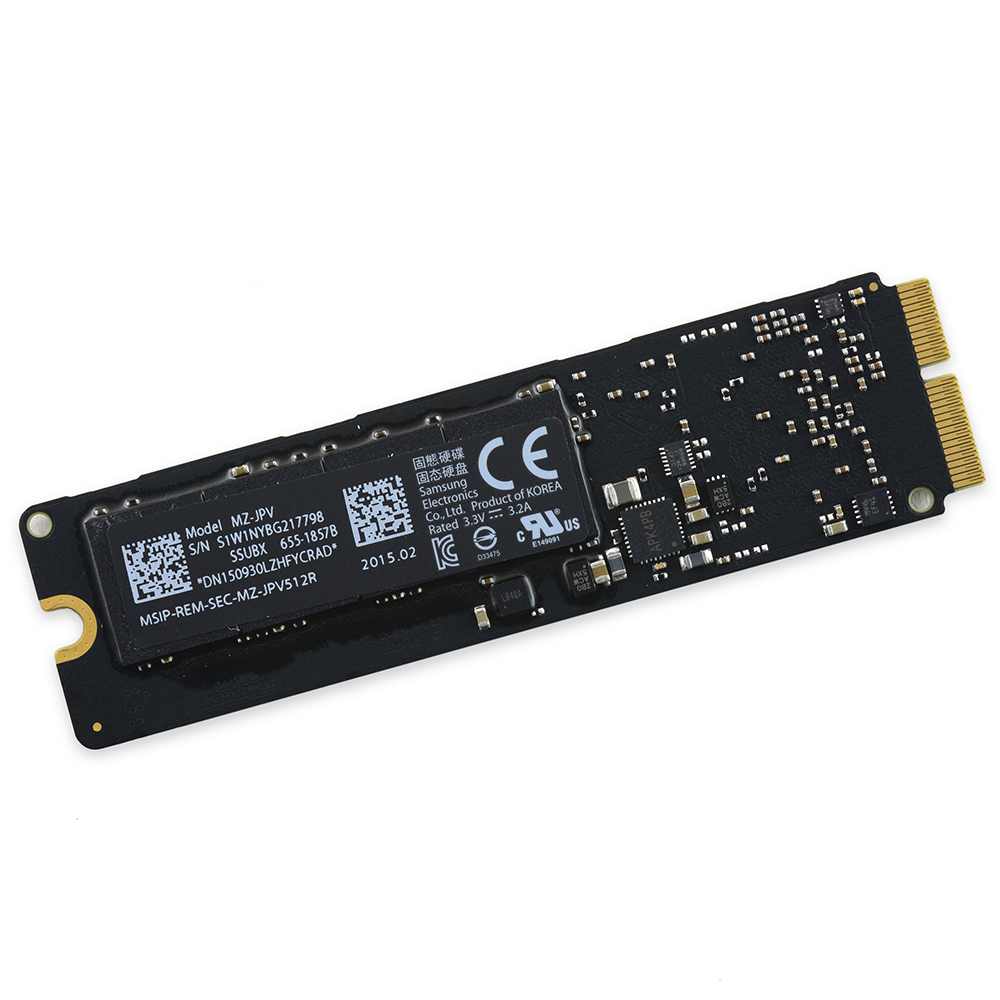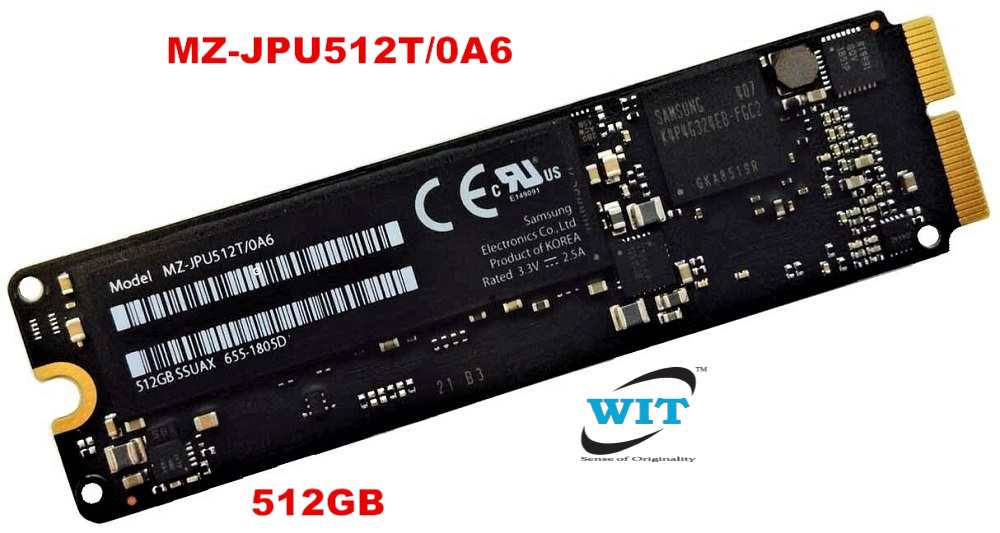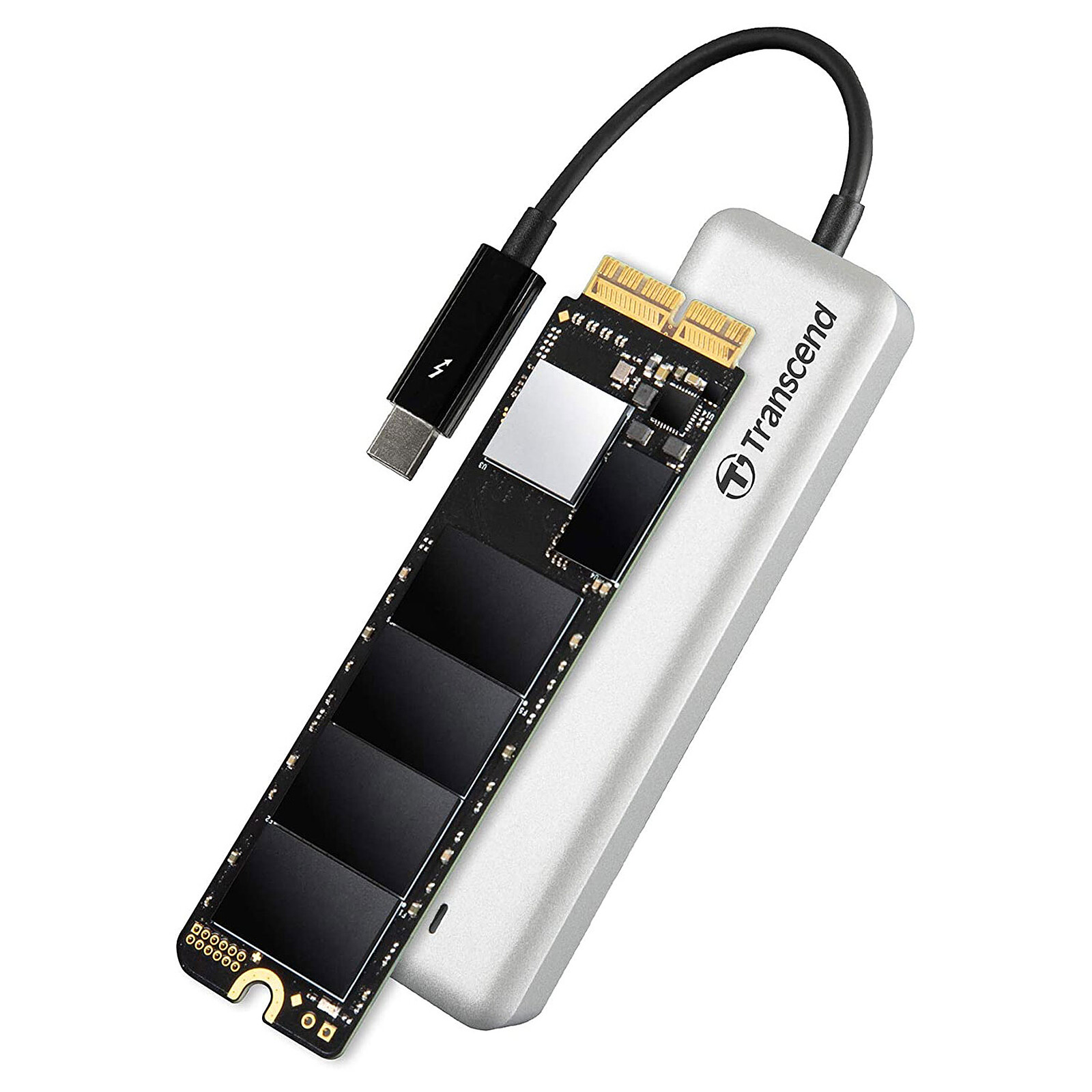

The machines have been stable and battery life isn’t noticeably different (the batteries were already 50% capacity) even though hibernation is disabled on Farnsworth. The upgraded SSDs are noticeably faster and have much more storage than the drives they replaced (128 and 256 gigabytes). Sudo pmset -a hibernatemode 0 standby 0 autopoweroff 0 If you have one of the 2013-2014 laptops they will not properly wake from hibernation and you will need to disable it in the terminal with the commands.After completing the install, make sure you have all the latest macOS patches applied.You may restore your previous installation from your Time Machine backup if you want, I usually do a fresh install. Choose the Disk Utility, find your new SSD and format it APFS with a GUID Partition Map.Select the ‘Install macOS Catalina’ disk.

#Ssd for macbook pro 2013 mac#
Insert your bootable USB stick into the Mac and hold down the Option key while it boots.Close up the laptop case, reversing the steps from the iFixit guide.Ĭonfiguring the Drive and Installing the Operating SystemĪt this point you should be ready to perform a fresh installation of macOS 10.15.Gently insert the new SSD and screw it into the motherboard without overtightening.Attach your new SSD to the Sintech adapter and place a small strip of the Kaptop insulation tape across the adapter, as seen here.With the case open, take the time to clean it with the compressed air and isopryl alcohol, it’s filthy in there.Be careful not to strip the P5 and T5 screws. After all the upgrades have been applied, shut down your Mac and follow the relevant iFixit Mac Laptop Repair guide for removing the SSD from your laptop.This page lists the latest currently available firmware for each model. This is especially important if you’re upgrading from 10.13 or earlier releases.
#Ssd for macbook pro 2013 upgrade#

The iFixit Mac Laptop Repair guides provide excellent step by step instructions for SSD replacements specific to each model. Make sure you have the right equipment for performing the upgrade. These are the 2 machines I updated, named for Futurama characters. has thorough descriptions of each model, use About This Mac-> System Report to gather up all the details of your system.

Take the time to figure out exactly which model you have before getting starting. The total cost was under $90 USD each for upgrading to 500 gigagbyte drives. Go read at least the first page of that thread if you have questions I don’t answer, there are 220 pages of feedback so far. There is an amazingly thorough thread on this, but I figured I’d post my experiences upgrading 2 of my laptops that I’ve upgraded so far. Relatively recently (10.13) it became possible to upgrade these systems with an aftermarket adapter and stock NVMe M.2 form factor SSDs. The SSDs used by MacBook Air and MacBook Pros shipped between 2013-2017 used a proprietary adapter. Apple laptops are somewhat notoriously resistant to upgrades.


 0 kommentar(er)
0 kommentar(er)
